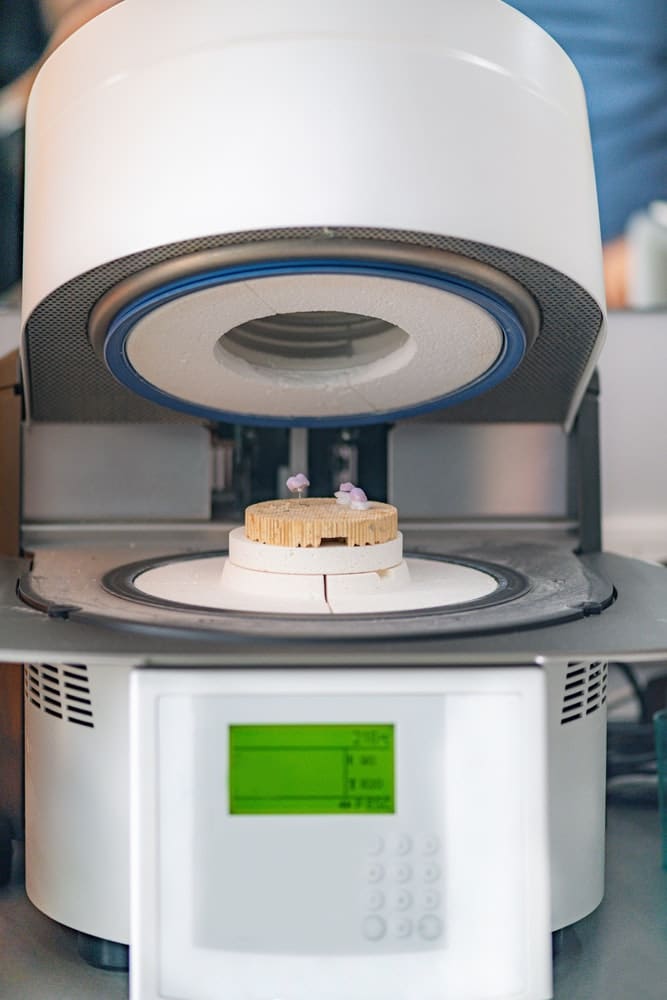Custom prosthetics have undergone an incredible evolution over the years, thanks to advancements in technology and innovation. As we delve into the realm of prosthetics, we will focus on the latest developments that are currently revolutionizing the field for UK amputees. From intelligent limbs that adapt to the user’s lifestyle to 3D printed prostheses, the future of prosthetic rehabilitation is bright and promising.
New Developments in Lower Limb Prosthetics
Lower limb prosthetics are specially designed for amputees who have undergone a leg or knee amputation. These prosthetics help patients regain mobility and independence. The National Health Service (NHS) in the UK has been instrumental in providing access to lower limb prosthetics to those in need. However, the journey does not end there.
En parallèle : Transform your kensington home with bespoke cinema installations
Recent advancements in lower limb prosthetics have focused on improving functionality while enhancing comfort. Google scholar and PubMed Central (PMC) are littered with studies showcasing how technology has been harnessed to produce innovative designs that mimic the natural movement of a leg.
One such innovation is the advent of microprocessor-controlled knee joints. These ‘intelligent’ prosthetics adjust to the user’s walking speed and environment, making movements more fluid and natural. They have sensors that monitor the user’s gait and provide real-time feedback, allowing the prosthesis to adjust accordingly.
Sujet a lire : Effective product sourcing strategies: optimizing procurement and supplier partnerships
Another exciting development is the advent of 3D printed lower limb prosthetics. These prosthetics are custom-fitted to the individual, providing a better fit compared to traditional models. They also offer the benefit of being more affordable and readily available, as they can be produced quickly and with less material.
The Role of Technology in Prosthetic Design
The power of technology cannot be overstated in the realm of prosthetic design. Every step, every innovation, each improvement is driven by the desire to make prosthetics more functional, more comfortable, and more accessible to all patients in need.
A prosthetic limb is no longer just a tool for mobility. It is now an extension of the individual, designed to help them regain functionality and adapt to their new reality. This is where technology plays a pivotal role.
With the help of artificial intelligence (AI) and machine learning, prosthetics are becoming smarter. These ‘smart’ prosthetics are capable of learning from the user’s movements, adapting to their walking style, and even predicting their next move.
Furthermore, biofeedback systems are being incorporated into prosthetic design to provide real-time feedback to the user. These systems monitor muscle activity and provide feedback to the user, enabling them to better control the prosthesis.
Prosthetic Rehabilitation and Patient Care
Prosthetic rehabilitation is a crucial part of an amputee’s journey. Having a prosthetic fitted is one thing, but learning to use it effectively is another. This is where patient care comes in.
Recent developments in prosthetic rehabilitation have focused on ensuring that the patient is comfortable and confident with their prosthesis. This involves training the patient on how to use the prosthetic, helping them adapt to their new lifestyle, and providing ongoing support and care.
The NHS, for instance, provides comprehensive rehabilitation services for amputees. These services include pre-prosthetic assessment, the fitting and adjustment of the prosthesis, gait training, and ongoing follow-up support.
In addition to clinical care, technology is also being harnessed to improve rehabilitation outcomes. Virtual reality (VR), for instance, is being used to help patients acclimate to their new prosthesis in a safe and controlled environment.
The Future of Custom Prosthetics in the UK
As we continue to innovate and push the boundaries of what is possible, the future of custom prosthetics in the UK looks promising. With advancements in technology and a focus on patient care, we are moving towards a future where prosthetics are more functional, more comfortable, and more accessible to all.
Some of the latest developments to look forward to include brain-controlled prosthetics, which use brain signals to control the prosthesis, and bioprosthetics, which incorporate living tissues into the prosthesis.
In conclusion, the field of prosthetics is evolving at a rapid pace. With each new advancement, we are one step closer to improving the quality of life for amputees. The future is bright, and we can’t wait to see what it holds.
The Impact of the Latest Prosthetic Technology on Quality of Life
One of the primary goals of advancements in prosthetic technology is to improve the quality of life for amputees. The transition to life with a prosthesis can be challenging, and the latest developments are geared towards making this adjustment smoother.
The realm of prosthetic orthot presents a myriad of possibilities when it comes to enhancing the quality of life. For instance, the use of microprocessor-controlled knee joints in a prosthetic leg have revolutionized the world of lower limb prosthetics. By adjusting to the user’s walking speed and environment, this smart technology makes the user feel like they are using their organic leg.
Similarly, prosthetic hands have also seen significant improvements. They can now mimic natural hand movements and are even capable of individual finger control. This has made it possible for amputees to go back to their routine activities, significantly improving their quality of life.
Furthermore, the integration of artificial intelligence and machine learning into prosthetic devices has paved the way for smart prosthetics that can learn from the user’s movements. These advancements have directly improved the functionality of prosthetic limbs, enabling amputees to lead a more comfortable and independent life.
The Role of Prosthetic Centres in the U.K.
Prosthetic centres in the U.K. are the key facilitators in the journey of an amputee, from limb loss to adjusting to prosthetic limbs. After a limb amputation, the first point of contact is often a prosthetic centre. These centres are equipped with the latest prosthetic technology, offering a range of options to choose from.
The residual limb is first assessed to decide the most suitable type of prosthetic for the patient. The fitting and adjustment of the prosthesis are then carefully carried out by professionals. The patient is also provided with gait training to help with their new prosthetic leg or foot.
The role of these centres also extends to rehabilitation and after-care. They offer ongoing follow-up support to ensure that the patient is comfortable with their new prosthetic and is using it effectively. They also engage in research to contribute to the developments in the field of prosthetics and orthotics.
Conclusion
The latest developments in custom prosthetics for UK amputees are truly groundbreaking. Innovations such as smart prosthetics, 3D printed limbs, and the use of AI and machine learning are pushing the boundaries of what is possible in the realm of prosthetics orthotics.
Furthermore, the role played by the National Health Service, prosthetic centres, and technology in ensuring effective rehabilitation and patient care is commendable. By focusing on improving functionality, comfort, and accessibility, these advancements are significantly enhancing the quality of life for amputees.
As we look into the future of custom prosthetics in the UK, we are hopeful and excited. With possibilities such as brain-controlled prosthetics and bioprosthetics on the horizon, the future promises even more innovative solutions for amputees. With these advancements, the goal is not just to help amputees regain mobility, but also to ensure they can lead fulfilling and independent lives.






